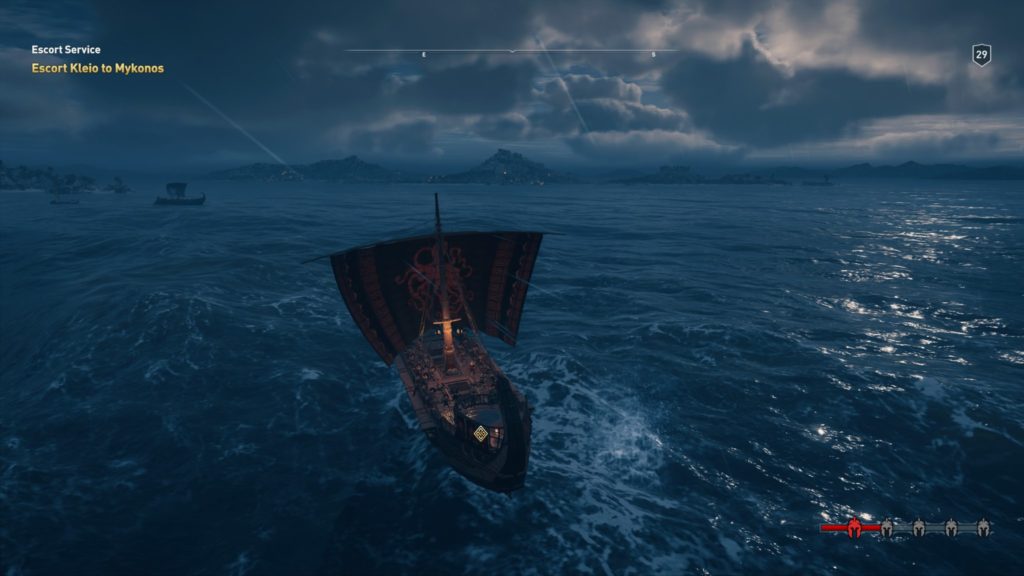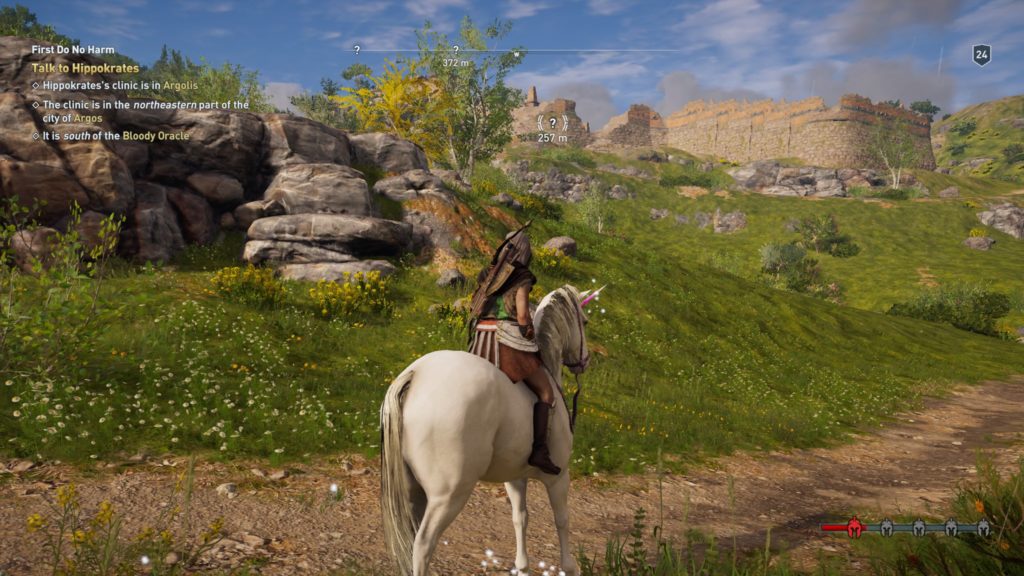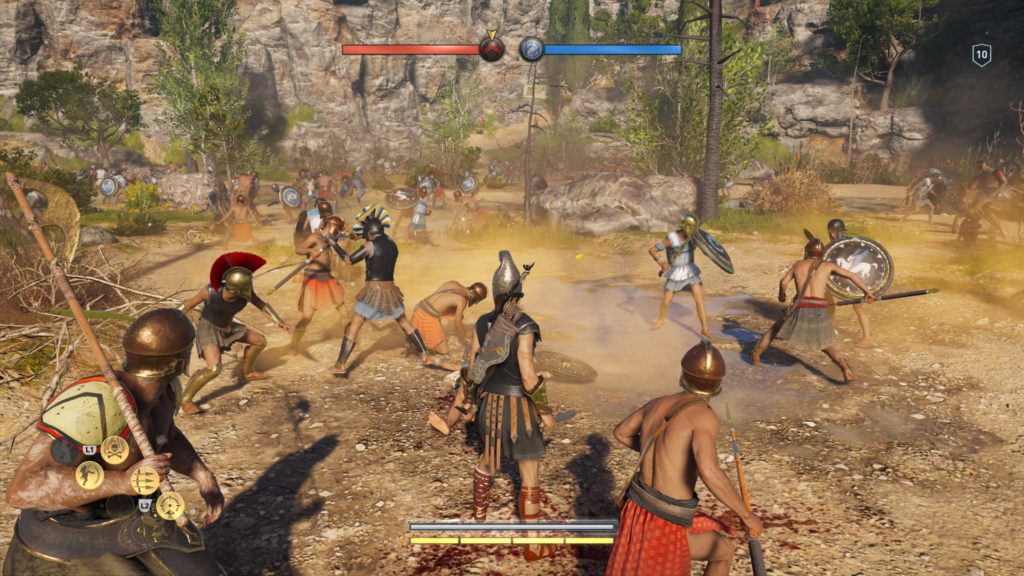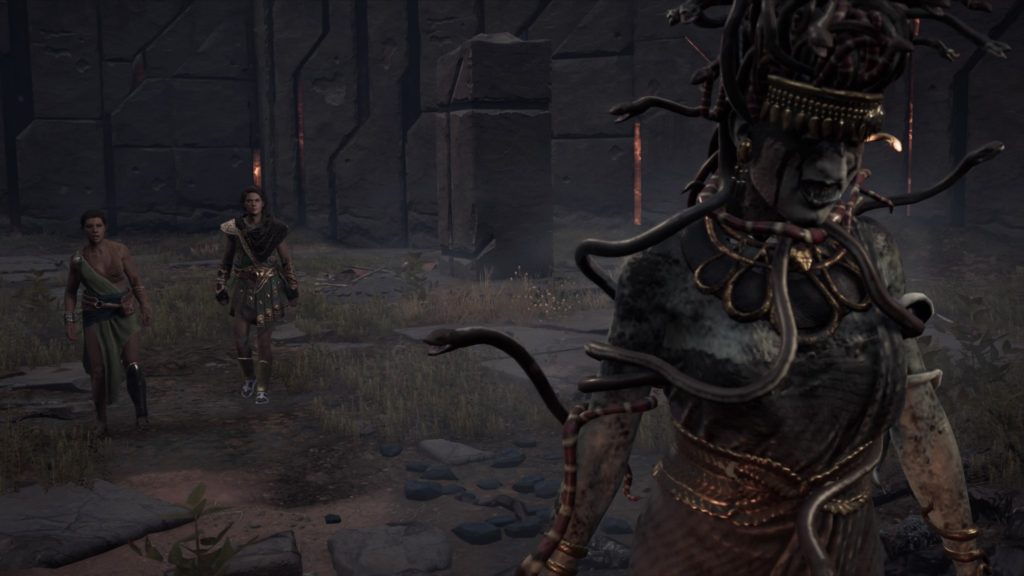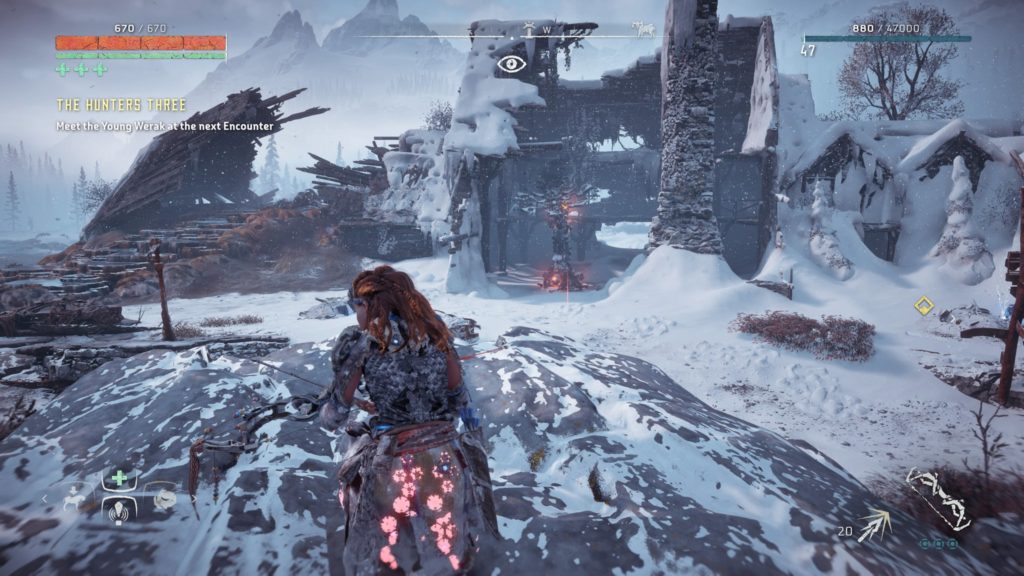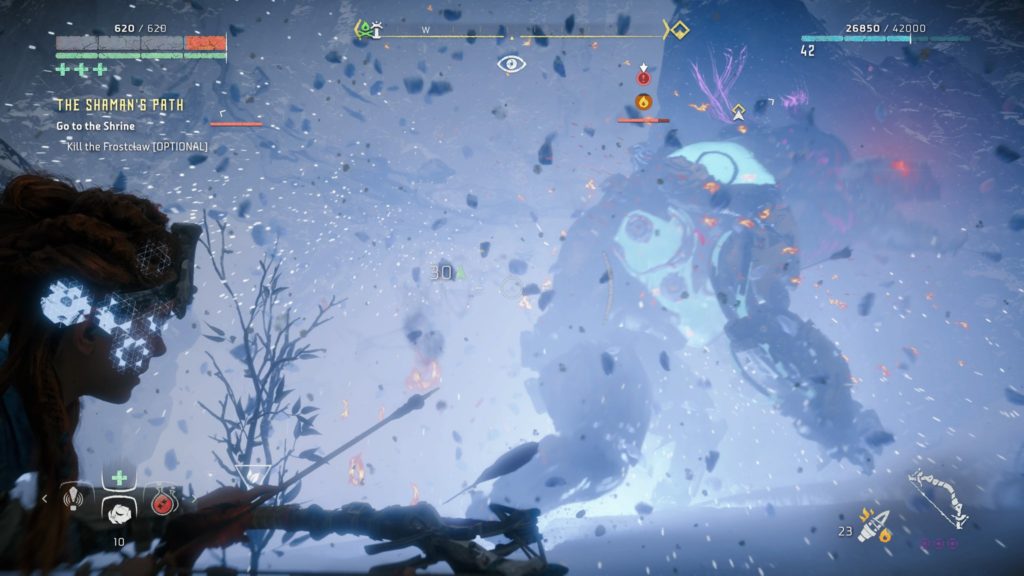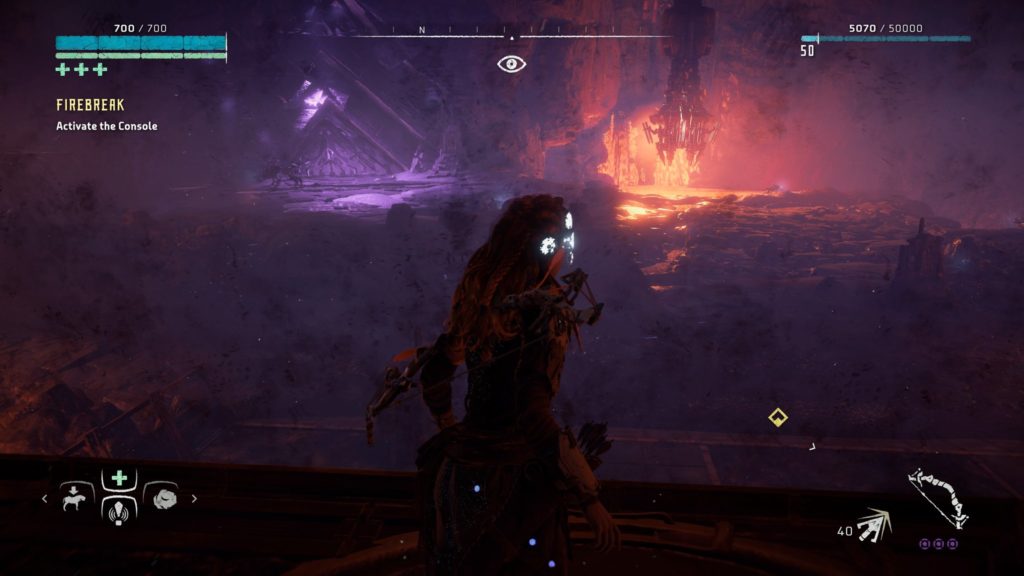Long story short; I want to play Kingdom Hearts 3, but for the life of me I can’t remember the lore. I could just look the story up on the internet, but frankly I’d rather play the games again and in the process remember why each one had it’s own set of problems. For the time being, we’re starting off with the HD 1.5 ReMIX games of KH1 and Re:Chain of Memories
- Genre: Action RPG
- Platform: PS4
- KH1 Also Available On: PS2, PS3
- Chain of Memories Also Available On: GBA, PS2, PS3
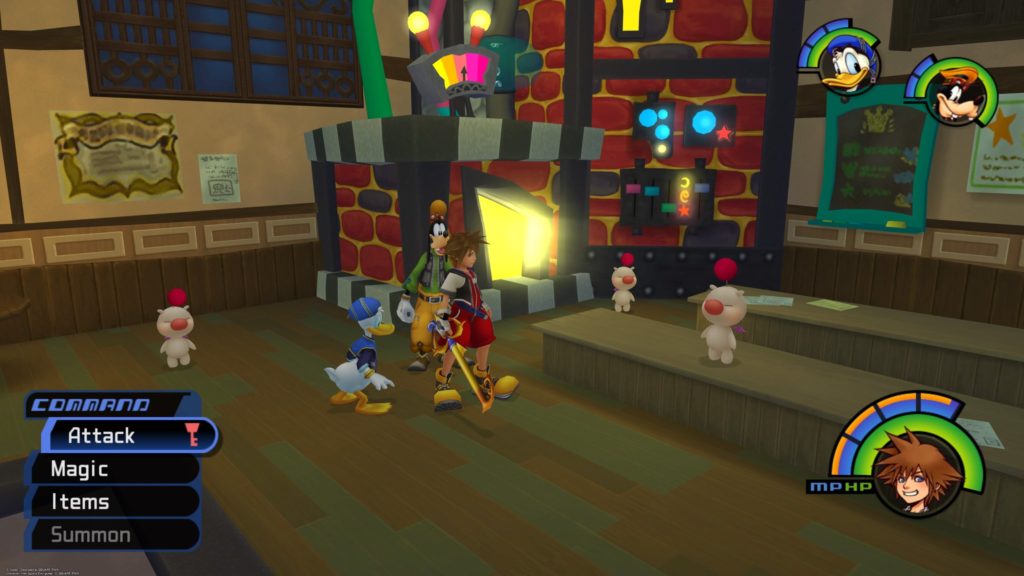
Kingdom Hearts was always a weird combination love letter to both Final Fantasy and Disney. It mixed the two series in a way that never should have worked, but somehow doesn’t feel weird when in action. Each individual world has its own chance to shine and give focus to a specific set of Disney or FF characters. Despite its gameplay problems, the game did well enough to now be a series of more games and video tie-ins than I can keep track of. However, going back and replaying the original is definitely a weird gameplay experience.
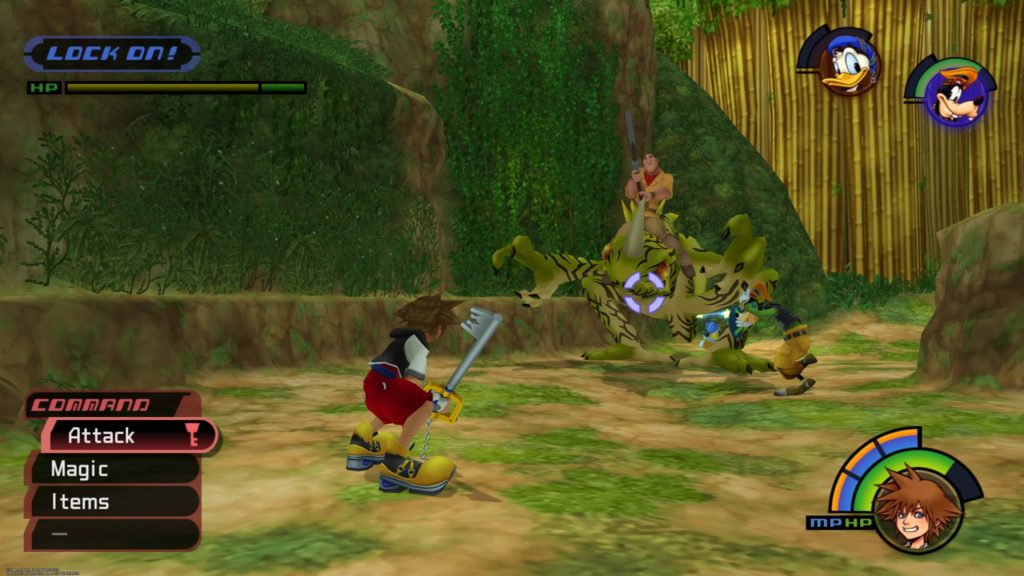
Even at release, the combat in Kingdom Hearts wasn’t fantastic, but it definitely shows some lumps now. Moment to moment, it has some fundamental problems relative to modern games. The camera isn’t great, so the game really leans into both soft and hard locks for attacks. Attacks can be pretty inconsistent in their ability to hit, but you end up gaining so many variations in ranges that by the end of the game you can really spam attack from anywhere to hit something. Donald as a character more or less just sucks, but you gain a ton of world-specific characters to replace him, and by end game he’s gained so much magic capability that he’s pretty useful.
This is also backed by a wildly inconsistent level of difficulty. What I’d consider the two hardest bosses in the game are the Tarzan world boss (roughly world 3) and the Little Mermaid boss (roughly the mid point of the game). The Tarzan boss is difficult entirely because of poor design. You can take immediate damage coming out of two cutscenes unless you’re spamming dodge. The arena that the fight takes place in has multiple points where dodge rolls can be blocked on bad collision, despite the fact that the fight is incredibly heavy on dodging to avoid fast damage, including instant-trace ranged attacks. Basically it’s a fight where the core mechanics of the game fight against the setup in place in a hugely negative situation. On the other hand the Little Mermaid boss fight is a pure damage nuke situation, and fought straight up is unnecessarily heavy in healing. However, the mechanics of the fight allow you to easily get behind the boss into a place where you take significantly reduced damage while easily hitting the main target point.
This pattern in particular is a common exploit in boss fights. I’d say probably about 50% of boss fights have a “safe” location behind them where the boss can neither hit you or turn to eventually hit you, while allowing you to lay in full damage. The friendly AI is also pretty good at following you into these locations, so you can often have a full party rotation simply unable to take damage. There’s signs that this was attempted to be fixed (fight adds, homing attacks, etc), but the attempts were pretty meaningless, and the fights just weren’t fun when not taking advantage.
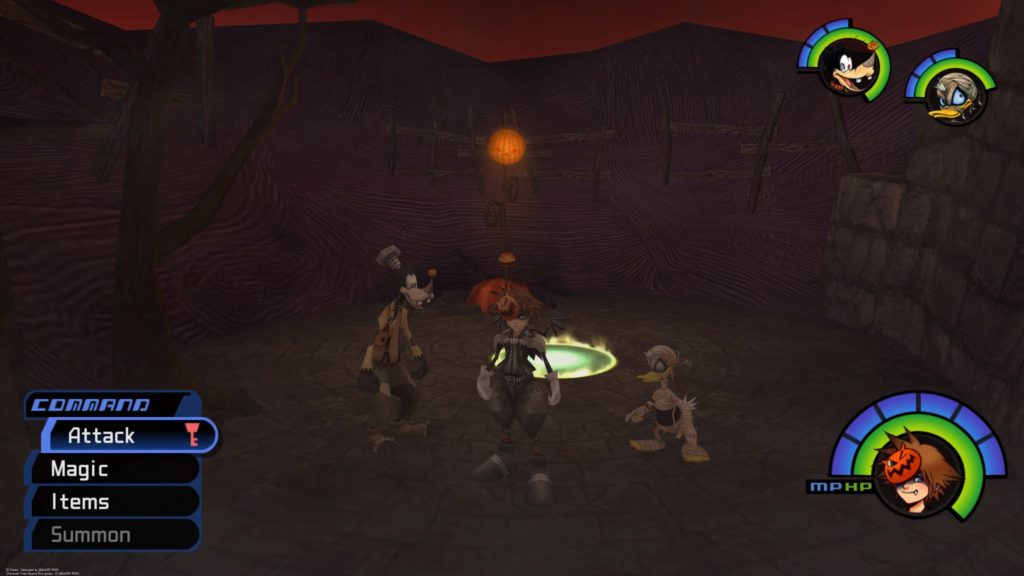
If this all sounds pretty bad, it’s because it is. This game simply hasn’t aged well from a gameplay perspective. Luckily it has aged well from a universe perspective, even if the lore is a bit nonsense. Without spoiling too much, KH1 basically exists to establish how all these Disney and Final Fantasy worlds are connected, but then future games go through and completely ruin any ability to make sense of the overall story. However, seeing moments like your party all dressed in-character for Nightmare Before Christmas or The Little Mermaid, or seeing Cloud fighting in the Olympus Coliseum makes it all worth it. It’s completely batshit crazy, and somehow it just works.
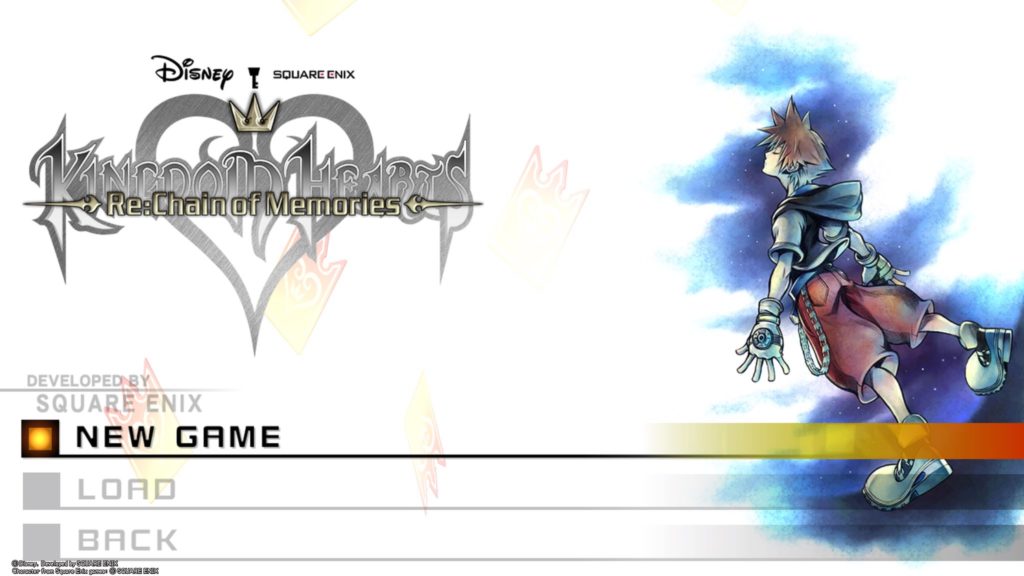
On the other hand, Chain of Memories really didn’t pass the worth it test. This was a GBA->PS2 remake where ARPG and cards mixed. Movement was in real time, where action selection was out of a card deck. Cards have a score value, playing a card against an enemy card of higher value would cancel their attack, and you go from there. In 2D on the GBA, this worked….alright. The view of the action was limited, so movement wasn’t super important, and you could still see to dodge while focusing on getting your card selection in order. In 3D this just doesn’t really work well at all.
Between manipulating the bad camera, trying to dodge attacks that you can’t really see, and trying to select the right cards, there just is too much going on to really effectively play the game. My best plan of attack ended up being a simple rotation:
- Setup my deck specifically in high->low card value, with healing cards at the end.
- Spam all my high-value cards to get off some easy attacks.
- Spam stack the low value cards and activate some quick combos. This would remove low value cards over time, but I didn’t care.
- Spam the healing spell cards at the end of my deck.
- Refresh my active deck and repeat.
It was basically an invincible pattern as long as I kept my deck up to date, and in being invincible it wasn’t really fun. I wasn’t playing to effectively run the battle system. I was simply stacking my deck and going through the motions. In practice, this game would be better off being much slower paced, getting rid of movement, and having it be more around deck strategy, but we aren’t likely to see that anytime soon.
So the question then becomes, is it worth replaying these if you’ve really never played a Kingdom Hearts title? Honestly? Probably not. I could make a case for Kingdom Hearts 1, but you definitely want to go in expecting something a bit rough around the edges. I’d definitely skip Chain of Memories, although catching a cutscene movie on Youtube is probably not a bad idea. This is capped by a cutscene retelling of 358/2 Days which can also be found on Youtube to finish the story tie-ins between KH1 and KH2, and that’s where we’ll pick things up at some point in the future.


